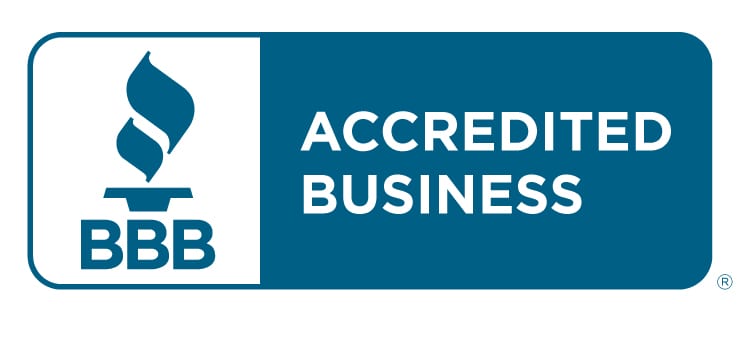
A New Year’s Message for Fellow Business Owners and Professionals
A New Year’s Message for Fellow Business Owners and Professionals
As we step into a brand-new year, there is a sense of renewed hope, fresh opportunities, and the determination to reach greater heights. To all our fellow businesses, large and small, this is the moment to embrace new challenges, celebrate progress, and align our efforts for a prosperous future.
Reflecting on the Past
The year behind us brought its share of trials and triumphs. Through collaboration, innovation, and sheer perseverance, businesses around the world showcased their ability to adapt and grow. Now is the time to build on that momentum and carry those lessons forward.
Looking Ahead
The year ahead promises to bring exciting opportunities. It is a chance to explore:
-
Fresh Partnerships: Collaborate with other businesses and organizations to unlock new possibilities.
-
Sustainability and Innovation: Prioritize eco-friendly practices and creative solutions to drive meaningful progress.
-
Customer-Centric Goals: Strengthen relationships with your customers by listening, engaging, and delivering exceptional experiences.
A Shared Commitment
As a business community, we thrive when we support one another. Let this year be a testament to the power of partnership and mutual growth. Together, we can turn ambitions into reality and ensure that success isn’t just an individual journey but a shared accomplishment.
Wishing You Success
From all of us at Smith Marketing, here’s to a year filled with opportunity, achievement, and inspiration. May your business flourish and your endeavors bear fruit. Happy New Year!







